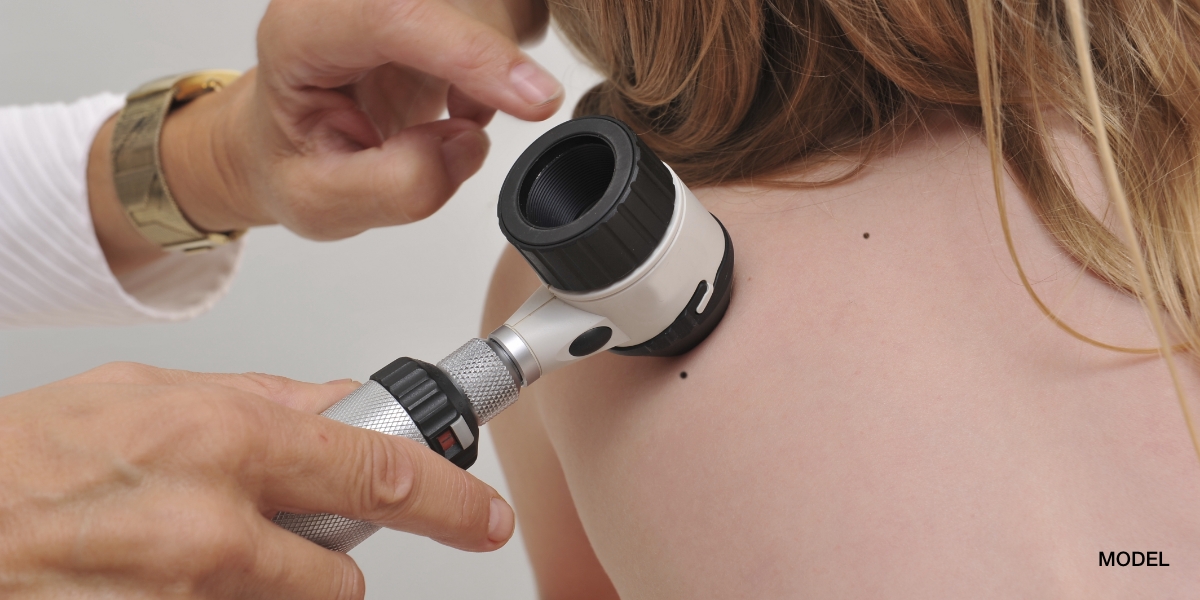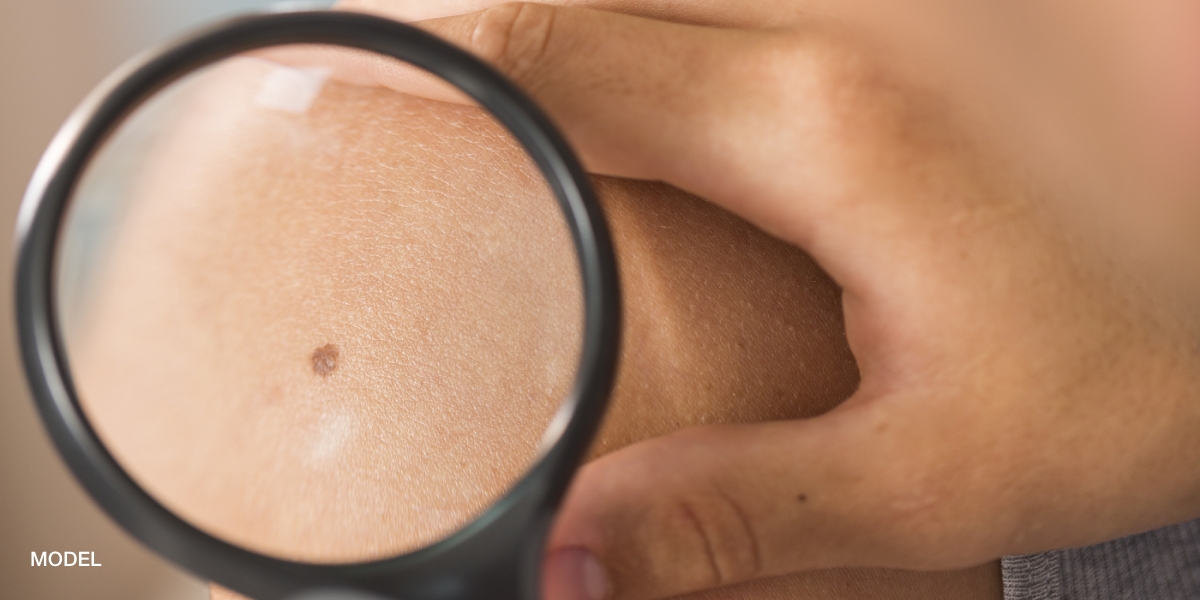Multicentric Reticulohistiocytosis is a rare Non-X Histiocytosis that I occasionally encounter in both my The Woodlands dermatology and Conroe dermatology offices. Multicentric Reticulocytosis usually appears after age 50 and is most common in women. Patients present with reddish brown papules typically on the fingers around the nailfold and the clinical appearance has been termed “coral beads.” The skin can also be involved on the extremities (especially over joints), face, ears, neck and trunk. Multicentric Reticulohistiocytosis is a systemic disease and osteoarthritis is a hallmark finding. This arthritis can be very destructive and disabling. When the arthritis affects the fingers the term “opera glass shortening” has been used to describe the telescopic shortening of the phalange bones. Other organ systems involved are: heart, lungs, liver, lymph nodes, liver, muscles and gastrointestinal tract. Approximately, 1/4 of all patients with Multicentric Reticulohistiocytosis also have an internal malignancy. Thus, the use of immunosuppresant therapy to treat this inflammatory disease must be weighed against lowering the body’s defenses against fighting malignancy.
April 29, 2012

Medically reviewed by Anthony J. Perri, M.D.
You May Also Like



Request a Consultation (Sidebar)
Recent Posts
Categories
- Uncategorized (581)
Tags
acne (6)
acne treatment (3)
acne vulgaris (2)
basal cell carcinoma (2)
biopsy (3)
cold urticaria (1)
common skin conditions (11)
dermatologist (15)
dermatology (7)
dr. perri (8)
dry skin (1)
eczema (2)
filiform (1)
health (3)
Herpes (1)
herpessimplex (1)
hives (2)
indentification (1)
keratosis pilaris (1)
Lichen Planopilaris (1)
melanoma (2)
moles (3)
periungual (1)
perri dermatology (10)
prevention (2)
rashes (2)
rosacea (3)
rosacea therapy (2)
skin cancer (6)
skin cancer screening (5)
skin care (2)
skin checks (8)
skin condition (6)
skin conditions (8)
skin damage (2)
skin exam (8)
summertime (3)
sunburn (3)
sunburns (2)
Sunprotection (1)
sunscreen (2)
virus (1)
warts (2)
why perri dermatology (3)
woodlands dermatologist (6)
